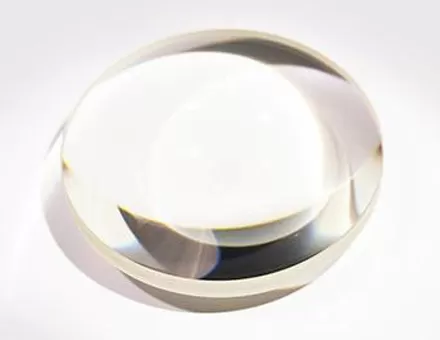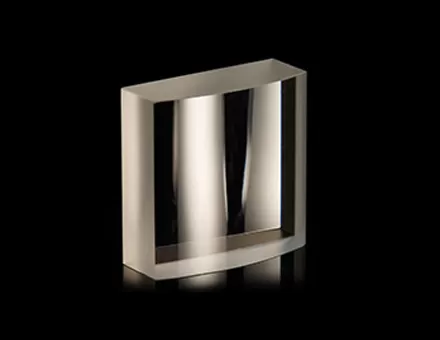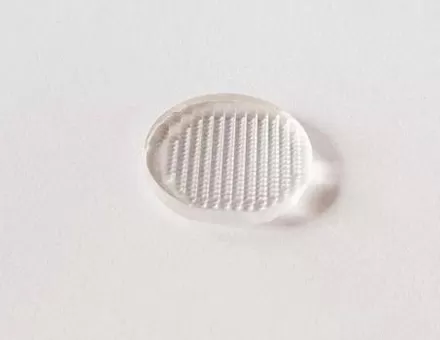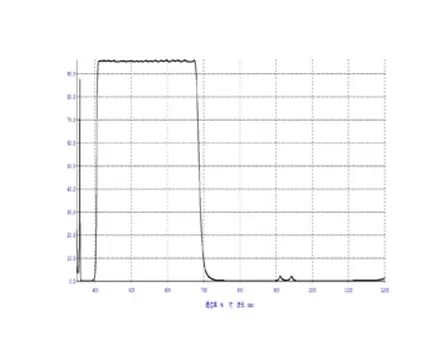Ⅰ. Dichroic filter
Almost the opposite of absorptive filters: They reflect selected wavelengths instead of absorbing them, and then transmit the remaining wavelengths. Both types of optical filters have many functions, but dichroic filters can get most of the characteristics from the optical coating based on the thickness and characteristics of the filter coating, it can reflect or transmit a precise wavelength range. This makes dichroic filters particularly effective in the scientific field. The camera also uses dichroic filters to separate light wavelengths according to film specifications.
Ⅱ. Monochromatic filter
Monochromatic filters transmit only one color (narrow wavelength).
Ⅲ. Infrared filter
This type of heat absorption filter can transmit visible light but will block the mid-infrared spectrum. Incandescent bulbs depend on infrared filters.
Ⅳ. Ultraviolet filter
The ultraviolet optical filter film effectively blocks the ultraviolet range of the spectrum, and it transmits visible light like an infrared filter. This type of filter is often used in cameras because the film is sensitive to ultraviolet light, which the human eye is not. To capture an image on film under the perception of the eye, all ultraviolet wavelengths must be filtered out.
Ⅴ. Neutral density filter
The neutral density filter reduces the intensity of light of all wavelengths by filtering out only a part of each wavelength. The optical density of the filter combined with certain logarithms can accurately determine how much of each wavelength to block. This type of filter is useful in photography because they allow users to accurately capture images even in bright light; neutral density filters can be absorptive or reflective.
Ⅵ. Long pass filter
This type of filter is usually made of colored glass and can transmit longer wavelength spectra, such as infrared, ultraviolet, and visible light. Long pass optical filters can block shorter wavelengths, and are often used as emission filters in fluorescence microscopes, and are a key component of dichroic (unidirectional) mirrors.
Ⅶ. Short-wave pass filter
Short pass filters serve the opposite function of long-pass filters. They emit short wavelengths instead of long ones. They are colored glass filters, and long-pass optical filters can only be used in the same application with the opposite results and effects.
Ⅷ. Bandpass filter
When the long-pass filter and the short-pass filter are combined, the resulting device is a band-pass filter. Although band-pass filters transmit less light than short-pass and long-pass optical filters, the number of layers in the filter can be controlled to transmit a wide or narrow range of light.
Ⅸ. Polarizing filter
Polarized optical filter film will block or transmit light according to the polarization of the filter. The reflection has a very high polarity. Polarizing filters can block some spectra that cause reflections, resulting in better visibility. Polarizing filters can darken the bright components of color photography because of the high intensity of ultraviolet light in the sky. They can also help manage reflections by minimizing the appearance in the final image.


















 EN
EN





